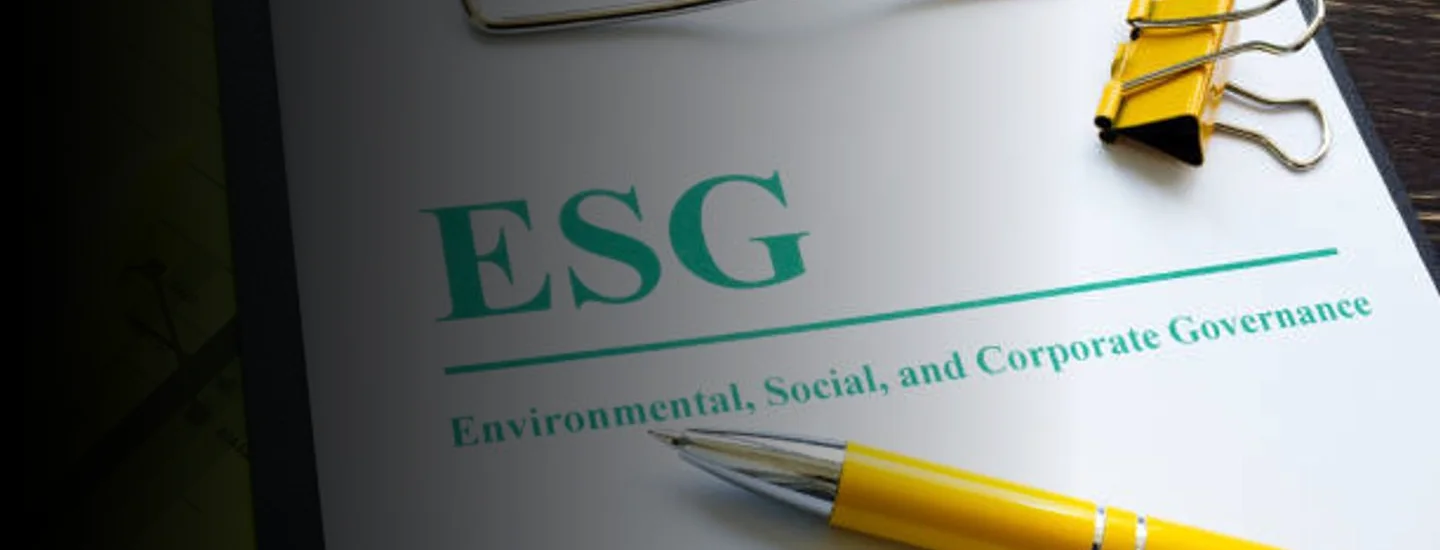Even before the pandemic there was growing concern about the impact businesses were having on the planet and on society. Over the last 18 months, with the global economy stalling, one might have reasonably expected this to take a backseat as pandemic responses and economic survival came to the fore. If anything the reverse has been true…
Driven by increasingly vocal protests from Extinction Rebellion, the powerful voice of Greta Thunberg on matters environmental and the growing distress caused by social inequality, brought into stark relief by the Black Lives Matter movement among others, then ESG has risen to the top of many executive’s worry list.
But, what is particularly interesting is that while the ‘E’ and ‘S’ grab the headlines, it is the ‘G’ that will ultimately determine how organisations address the challenge.
Governance is a, if not the, facilitator – it is at the core of any business and determines the way a business operates. Leadership plays a critical role in setting the standard and engaging the business in the vision, mission and strategy but it is governance that provides the foundation and levers to effect change.
Yet in all the wealth of articles written on ESG, very little is said about the G - perhaps because in practice it is the E and S of ESG that draw attention. Admiring the problem is easy; fixing it is much harder.
The governance challenge is compounded by the need to engage with a much broader, and growing, stakeholder environment. While legislation such as the Companies Act required directors to consider wider stakeholders it didn’t account for unanticipated groups and individuals asserting their stakeholder ‘rights’ and draw attention to any activities they considered sub-standard or undesirable. This places added pressure on leaders, accentuates the need for a robust and transparent governance model and puts a reputational sword of Damocles over any businesses head; the slightest slip could cause the thread to snap leading to reputational damage and, in some cases, unwanted, and possibly unwarranted, regulatory attention. Trust has never been more hard won and easily lost.
The continuing evolution of ESG adds more complexity too. While many of these issues are not new, growing awareness and increasing stakeholder calls for material action mean an ESG lens needs to be applied to everything that governing bodies decide and regulators are agitating for change as well with both the FCA and FRC becoming increasingly vocal on the topic.
This means Governance must be constantly reviewed in the light of evolving E and S requirements as well as stakeholder views.
Pressure has never been greater. Aligning different stakeholder needs both internally and externally is almost impossible. Guidance is incomplete and/ or ambiguous and there is little consensus on standards. The risk of litigation around greenwashing/making false or misleading claims is growing. And, the challenges of applying policies and procedures throughout the organisation and throughout the lifecycle of products – particularly difficult in global organisations with different regulations in different regions is profound.
Making the change is hard; getting it right harder still and the need for constant vigilance is critical. Like many post-pandemic business and operational models, agility will be the watchword for modern governance models and pace of implementation and modification will be vital in the years ahead.


